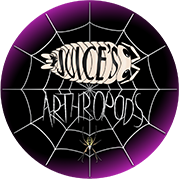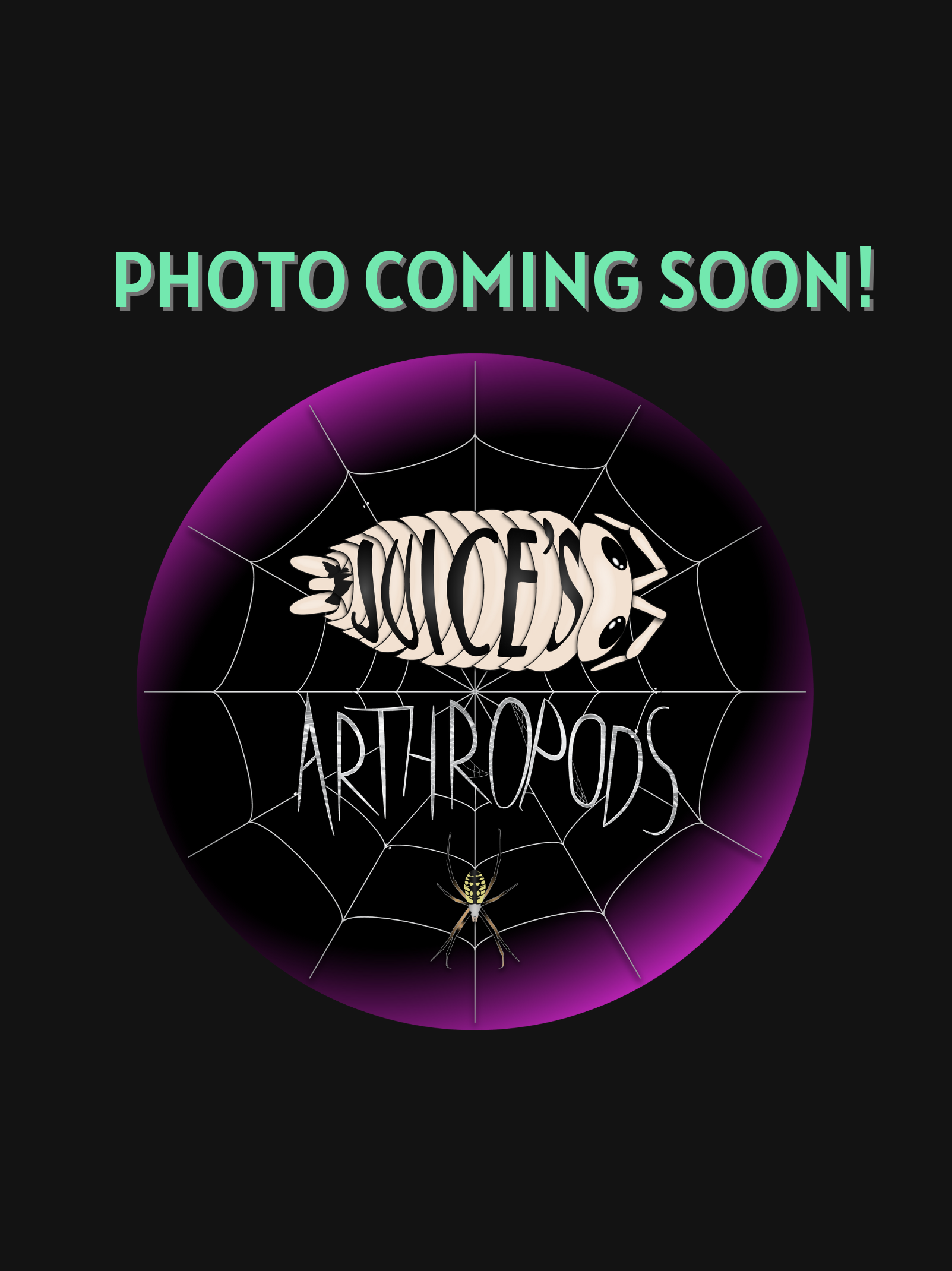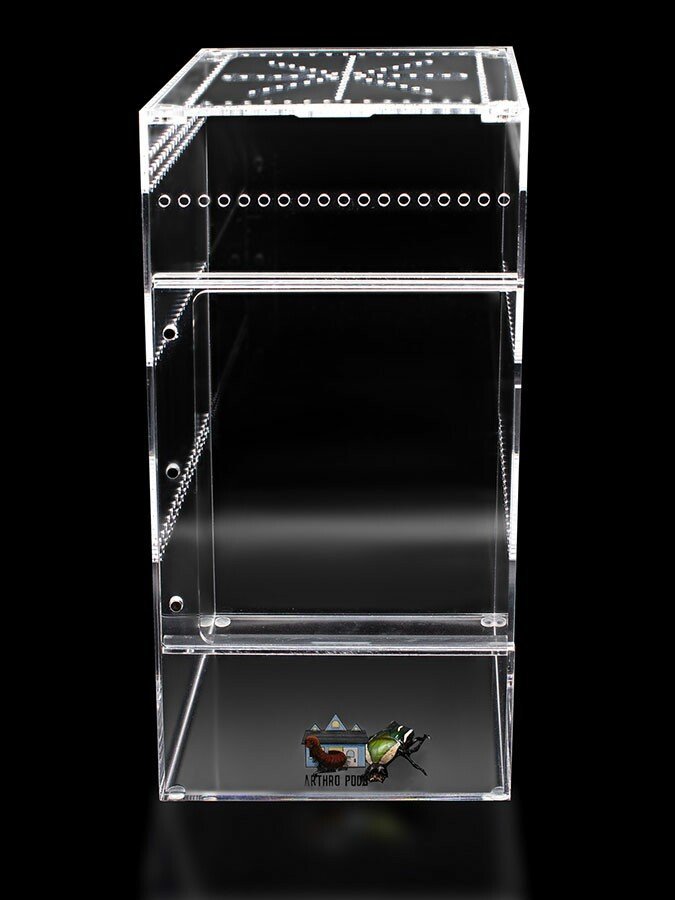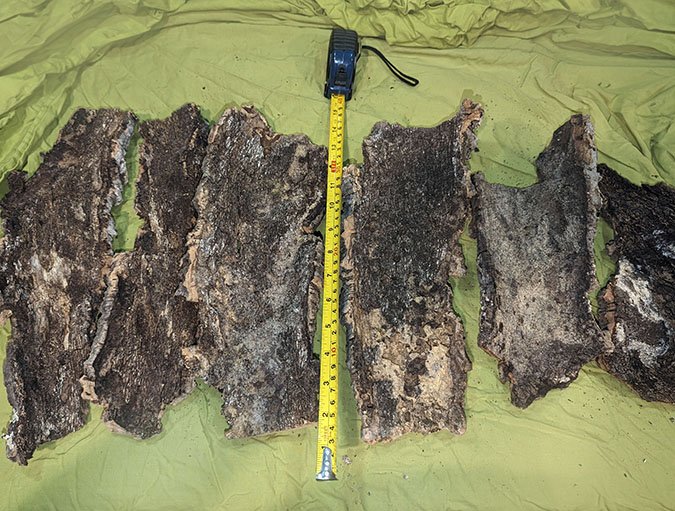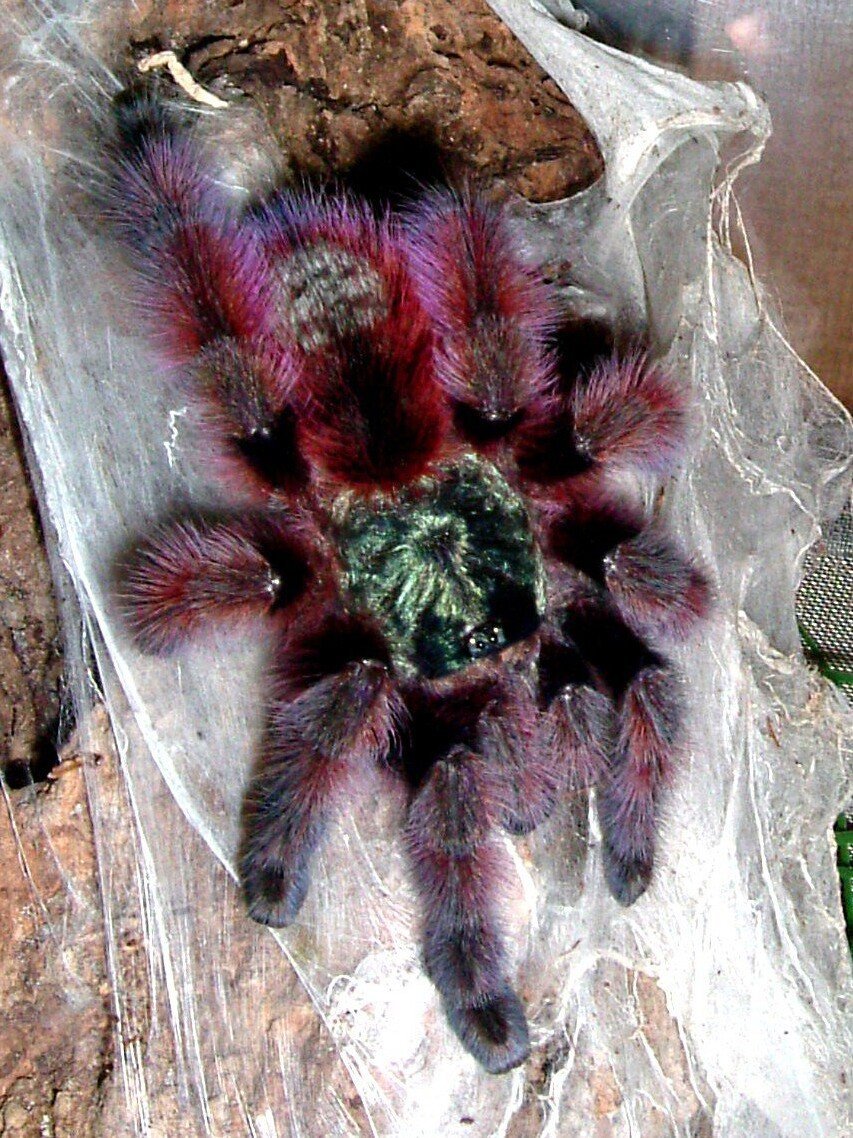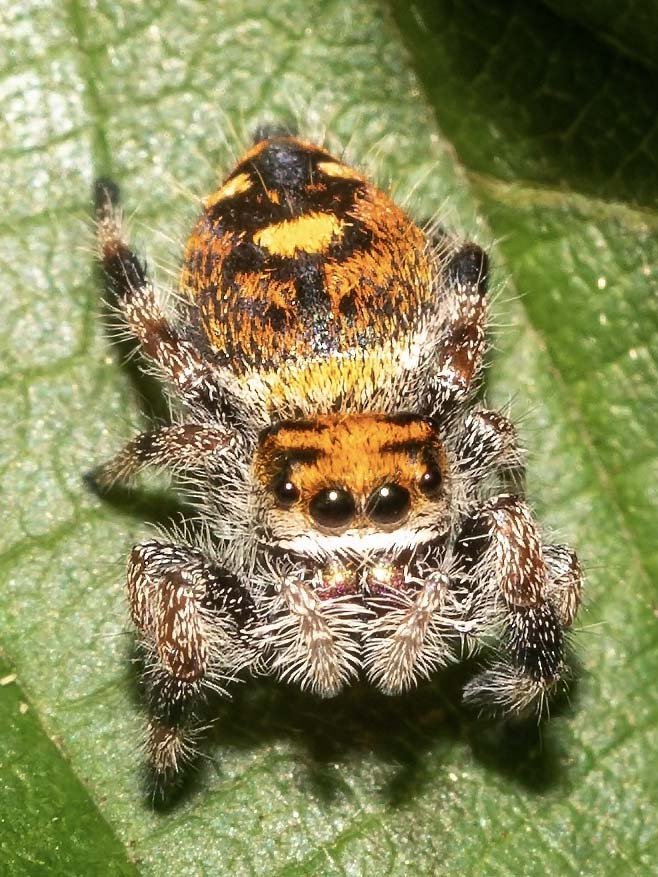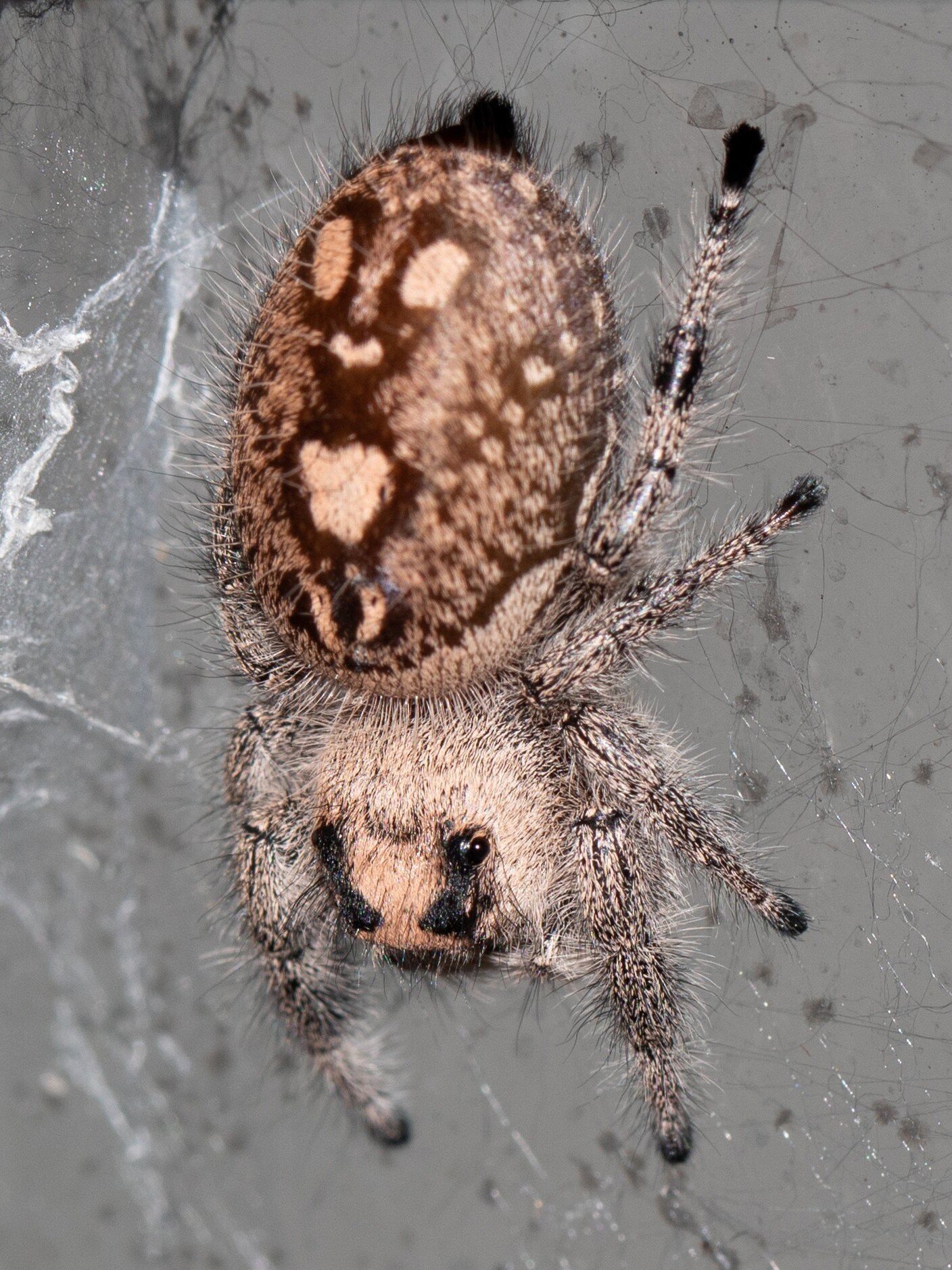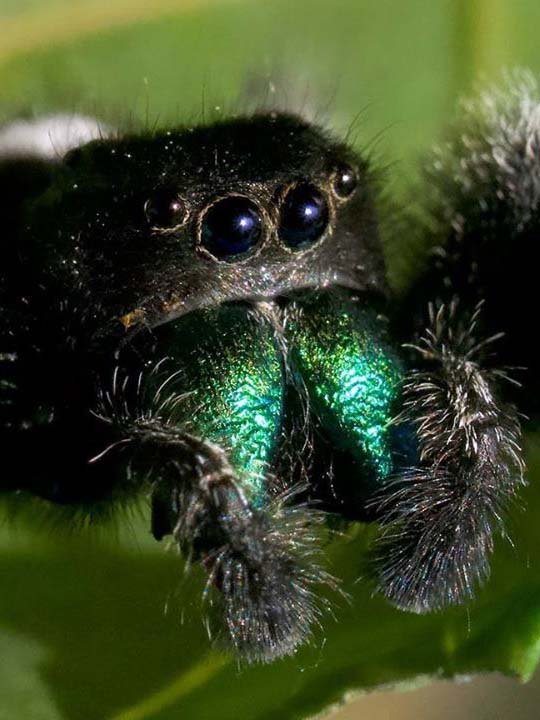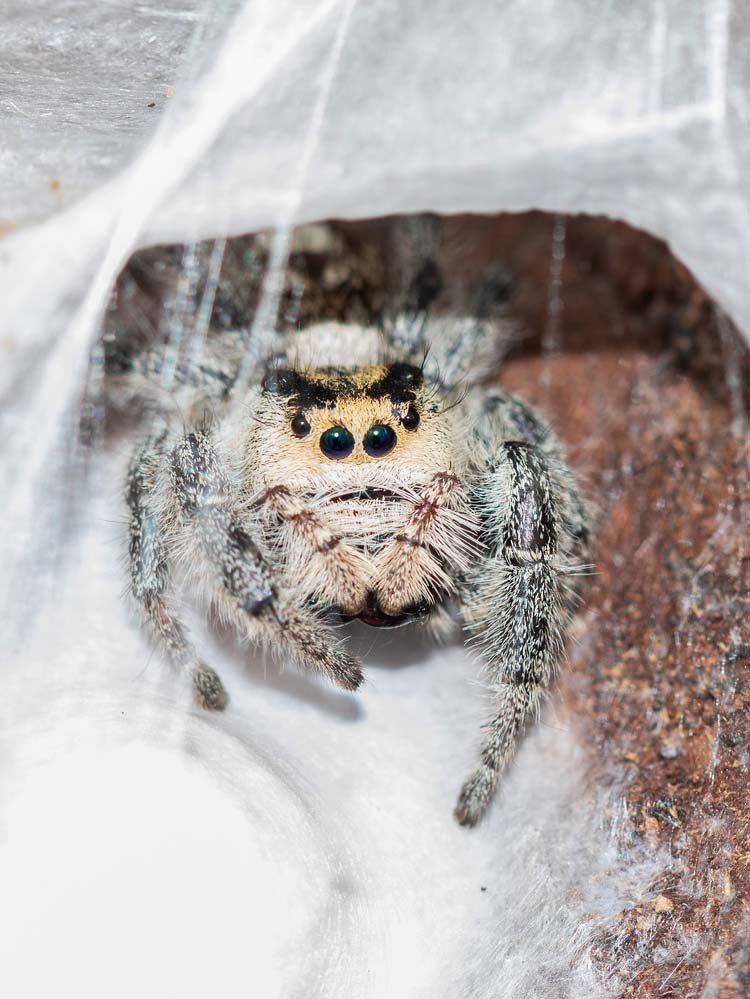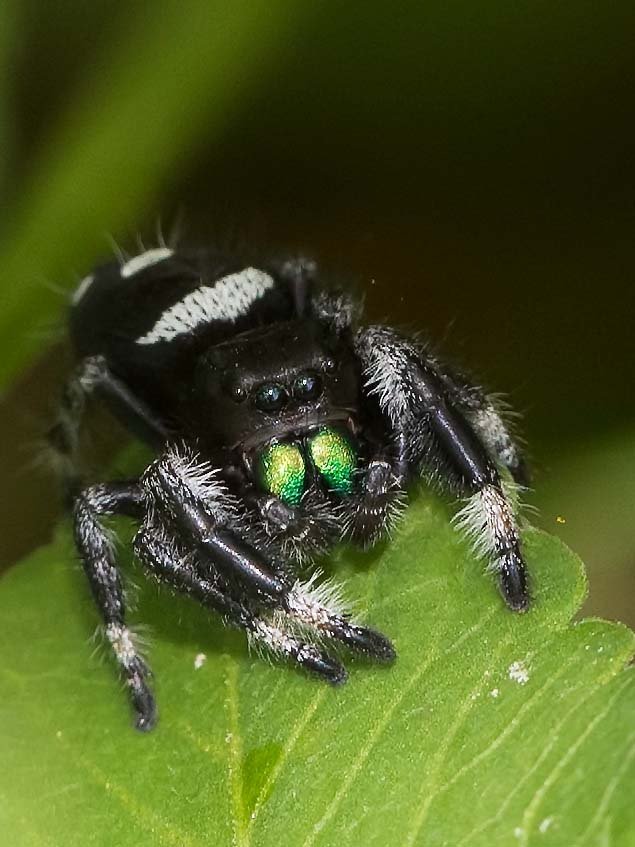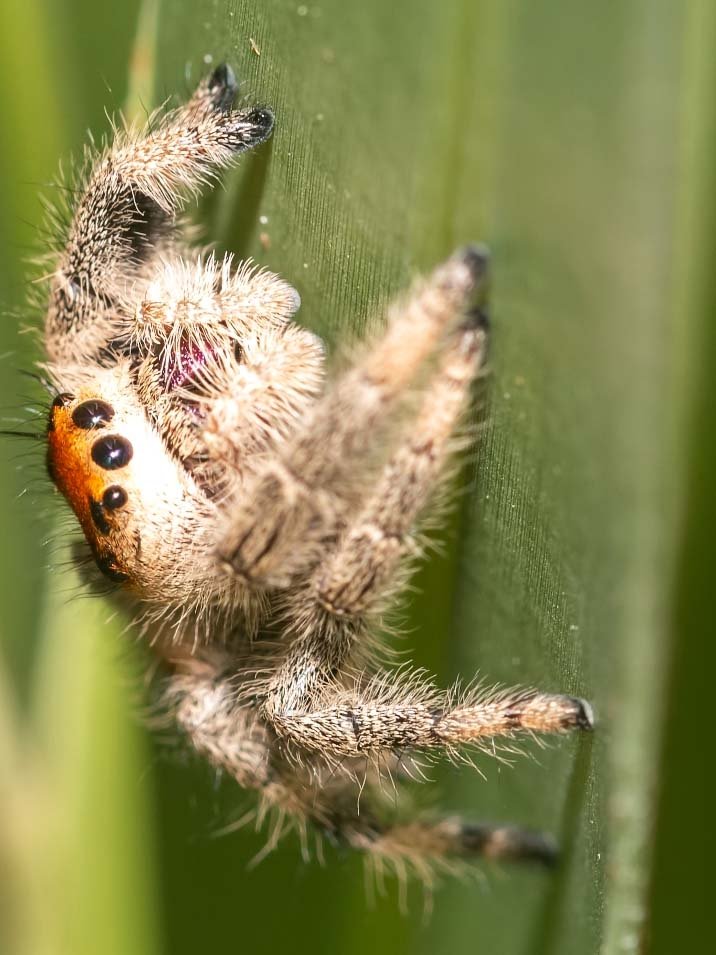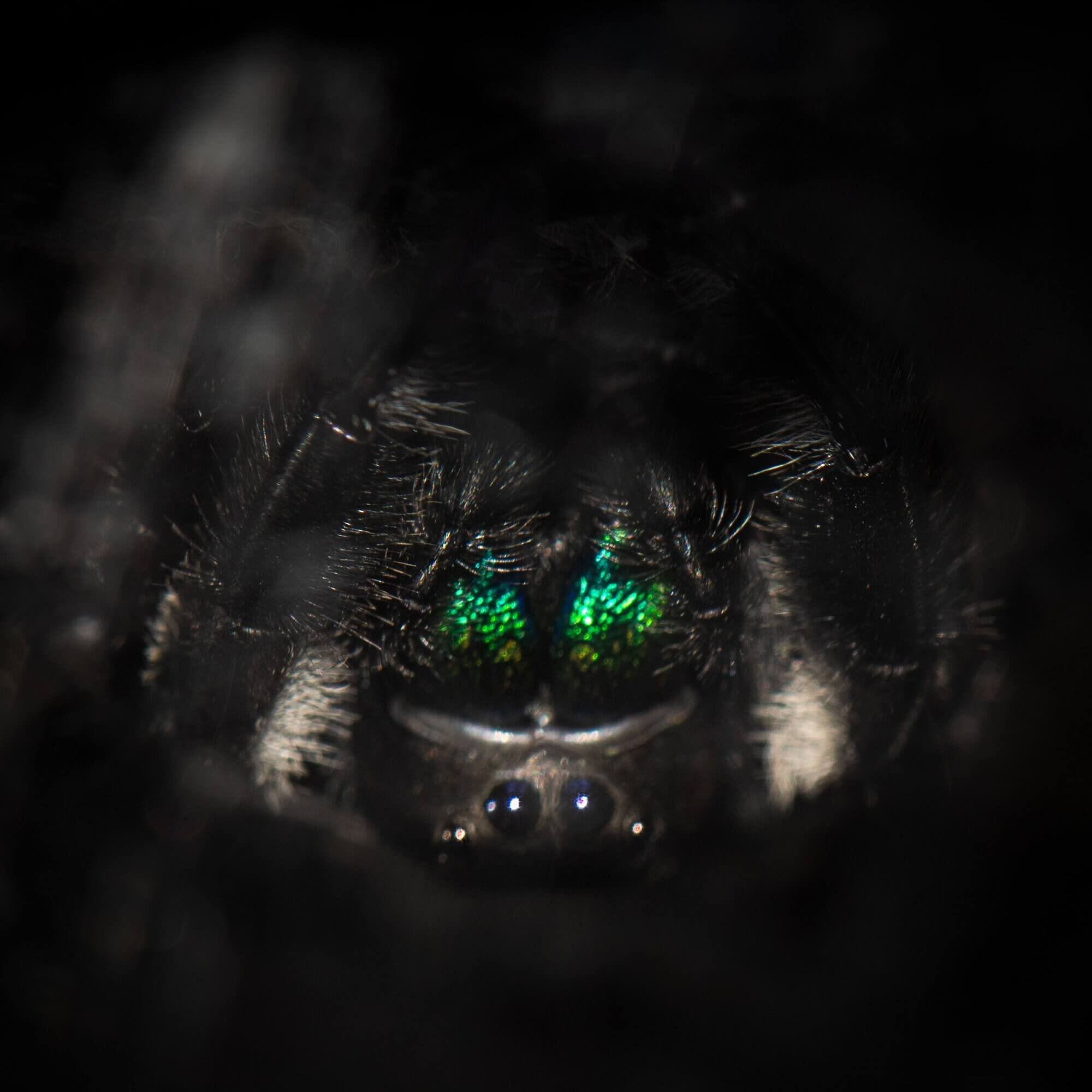Avicularia minatrix
Avicularia minatrix, or "Venezuelan Red-Stripe Pinktoe Tarantula", is a small to medium-sized arboreal tarantula native to Venezuela, celebrated for its vibrant reddish-orange abdominal stripes and the classic pink “toe tips” characteristic of the Avicularia genus. It is one of the most visually striking pinktoe species and is highly prized for its bold coloration, calm temperament, and manageable size.
This species is known for being docile, curious, and generally tolerant of gentle disturbances, making it a great candidate for intermediate keepers looking to explore arboreal tarantulas. While not a heavy webber, it often builds silk retreats in vertical enclosures, usually among cork bark or in the corners of foliage.
Avicularia minatrix, or "Venezuelan Red-Stripe Pinktoe Tarantula", is a small to medium-sized arboreal tarantula native to Venezuela, celebrated for its vibrant reddish-orange abdominal stripes and the classic pink “toe tips” characteristic of the Avicularia genus. It is one of the most visually striking pinktoe species and is highly prized for its bold coloration, calm temperament, and manageable size.
This species is known for being docile, curious, and generally tolerant of gentle disturbances, making it a great candidate for intermediate keepers looking to explore arboreal tarantulas. While not a heavy webber, it often builds silk retreats in vertical enclosures, usually among cork bark or in the corners of foliage.
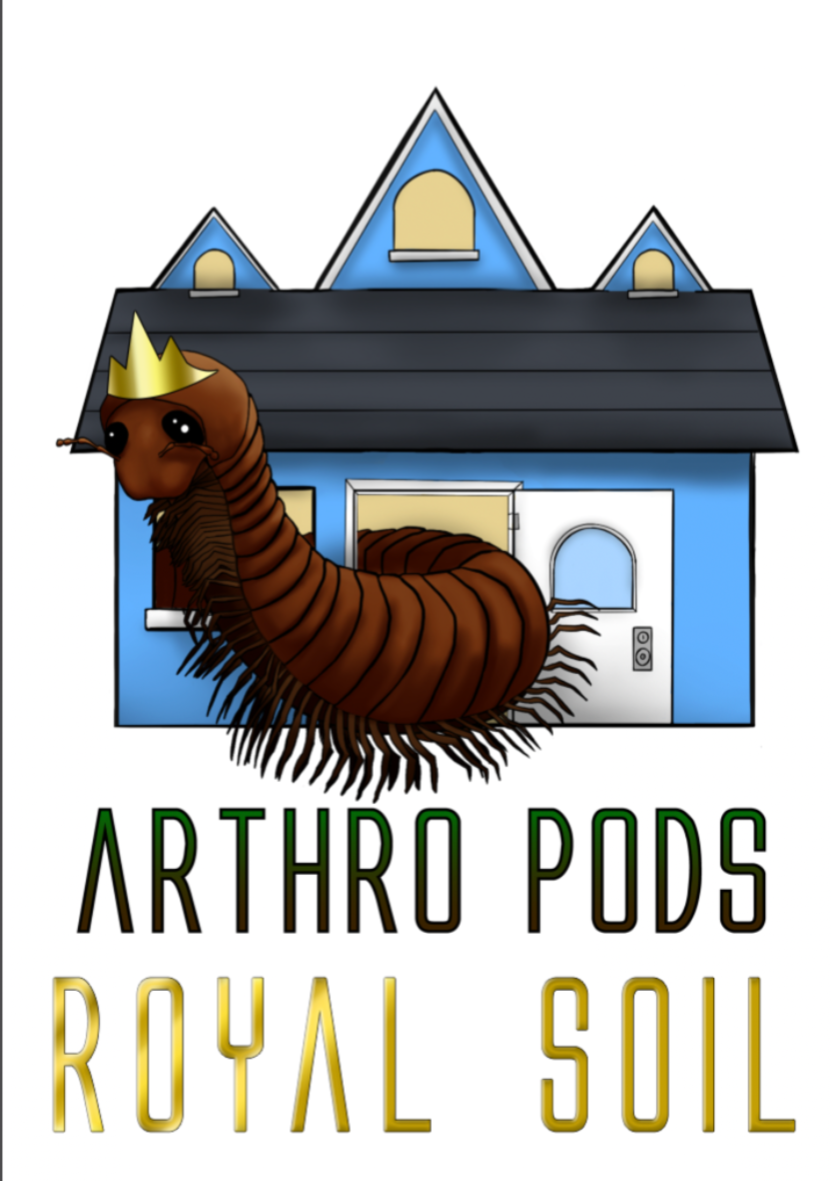

Avicularia minatrix, or "Venezuelan Red-Stripe Pinktoe Tarantula", is a small to medium-sized arboreal tarantula native to Venezuela, celebrated for its vibrant reddish-orange abdominal stripes and the classic pink “toe tips” characteristic of the Avicularia genus. It is one of the most visually striking pinktoe species and is highly prized for its bold coloration, calm temperament, and manageable size.
This species is known for being docile, curious, and generally tolerant of gentle disturbances, making it a great candidate for intermediate keepers looking to explore arboreal tarantulas. While not a heavy webber, it often builds silk retreats in vertical enclosures, usually among cork bark or in the corners of foliage.
What's the ideal diet for a Venezuelan Red Stripe Pinktoe Tarantula?
All Tarantulas can eat a variety of feeders. Stick to crickets, dubia roaches, silkworms, horned worms occasionally, and a superworm or mealworm as the occasional treat!
How should I keep a Venezuelan Red Stripe Pinktoe Tarantula?
For this particular creature, you can start with the small Arboreal Bliss enclosure, and when they get to be about ⅓ the size, you will want to upgrade to the medium or large Arboreal Bliss enclosure. Feed them as slings once a week, twice if their opisthosoma (abdomen) looks small, but if the opisthosoma is wider than their prosoma (pneumothorax), then wait a couple of days to feed. For juveniles or adults, stick to feeding once a week, nothing larger than their opisthosoma. Make sure to keep a full water dish at all times; wider and deeper is preferred.
How long could a Venezuelan Red Stipe Pinktoe Tarantula live?
Females are believed to live upwards of 12+ years, and males not exceeding around 4 years of age. All estimates are based on multiple sources.
